
Photographer Jennifer Emerling's unique approach to visual storytelling blends aspects of documentary with whimsy and surrealism. Her ongoing project, See America First!, is a portrait of the American West in all its mythological glory — showing ways that the US tourism industry has grown and developed to accommodate a new generation that's curious to witness the splendors of the West.
From the iconic sight of Mount Rushmore to the grandeur of Yellowstone National Park's Old Faithful geyser, Emerling's pictures capture a strange and beautiful world that is ingrained into our American identity.
Here, Emerling shares with BuzzFeed News a selection of her pictures and her inspiration behind the work.
The project is named after an early 20th-century marketing campaign created by the Great Northern Railway to inspire Americans to plan their next vacations closer to home. In order to promote domestic travel, ads were launched combating the idea that beautiful places existed only in foreign countries. (Glacier National Park, for example, was called “America’s Switzerland.”) The campaign was called “See America First” and helped to bring about a national tourism identity of traveling in the American West.
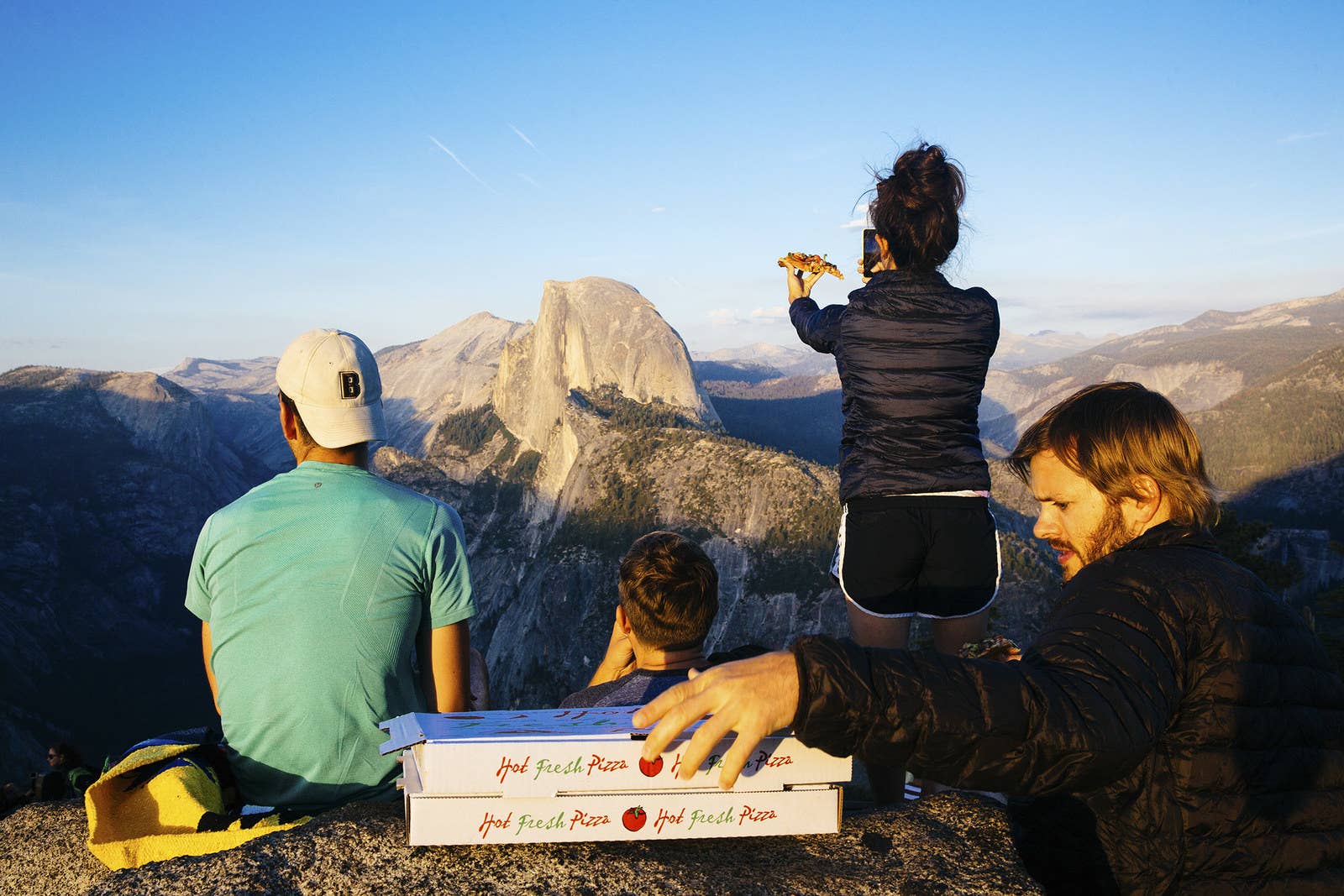
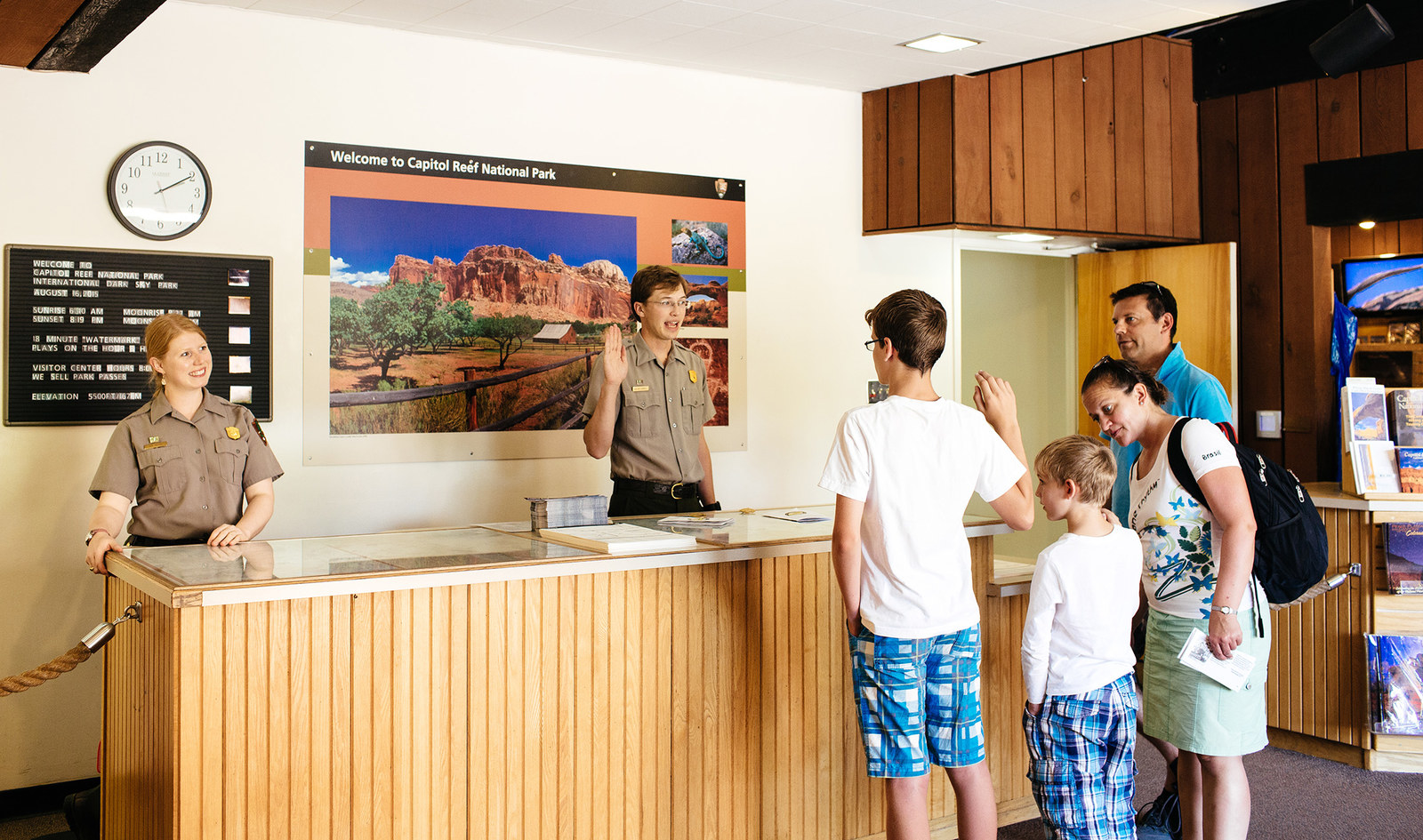
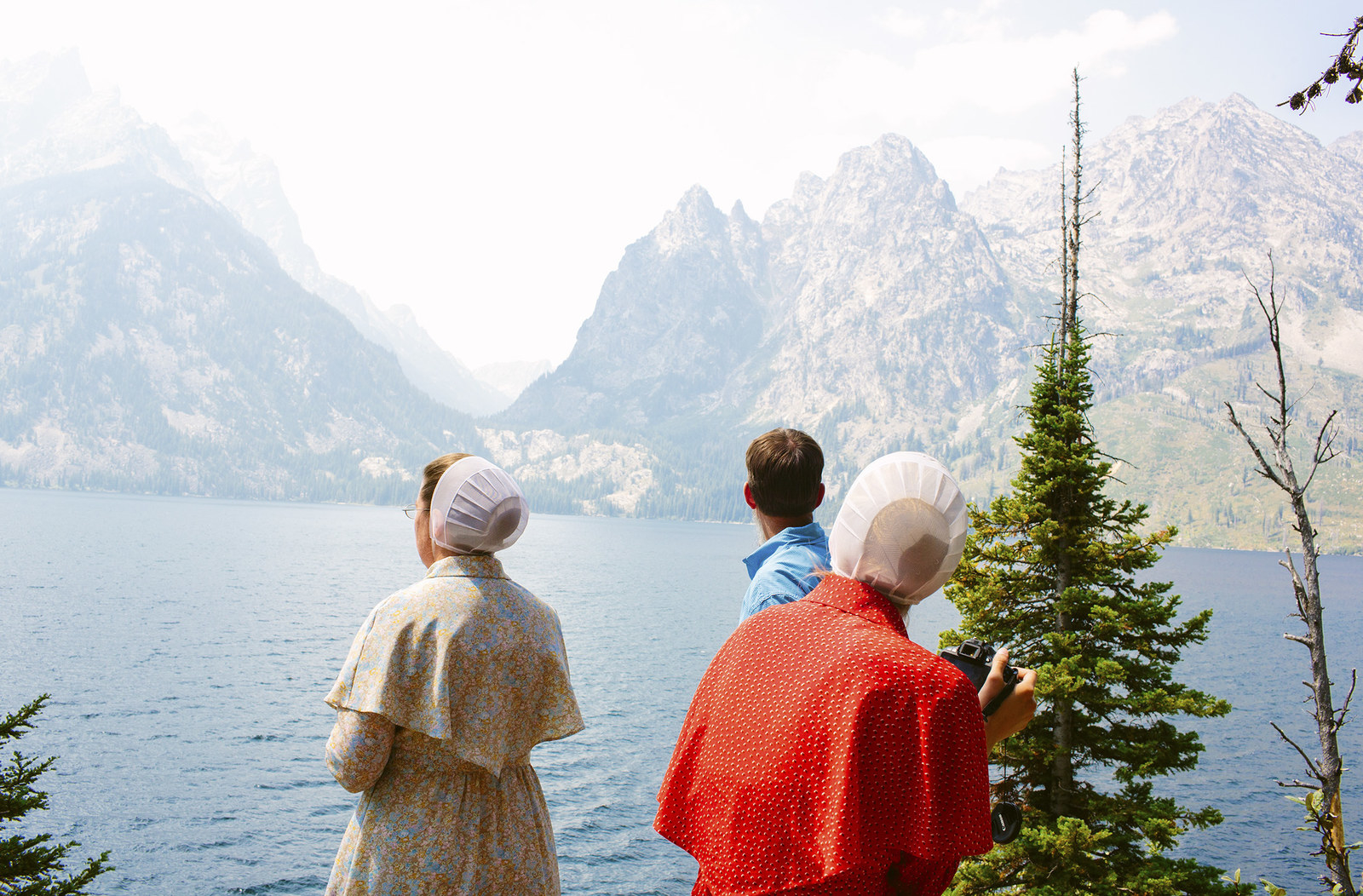
With the spirit of the original campaign at the forefront of my mind, I felt called to bring a contemporary voice to tourism in the American West, with a special focus on our national parks. Every summer, I retrace the road trips from my childhood and photograph travelers throughout the region of the West who often echo my personal memories of experiencing these places for the first time.
I started working on this project almost six years ago because I felt called to retrace the road trips from my childhood, which were, far and away, my happiest memories. The majority of my childhood and teenage years was tumultuous and devastating. But every summer, that chaos was temporarily paused by embarking on annual road trips to visit national parks with my dad and brother.
It was on these trips that I was able to find breathing space and feel comforted by simply being in the presence of the sublime landscapes scattered throughout the American West — which my father believes is the most beautiful place in the world. I can trace the time spent visiting the national parks as a child to my birthplace of wonder and wanderlust.

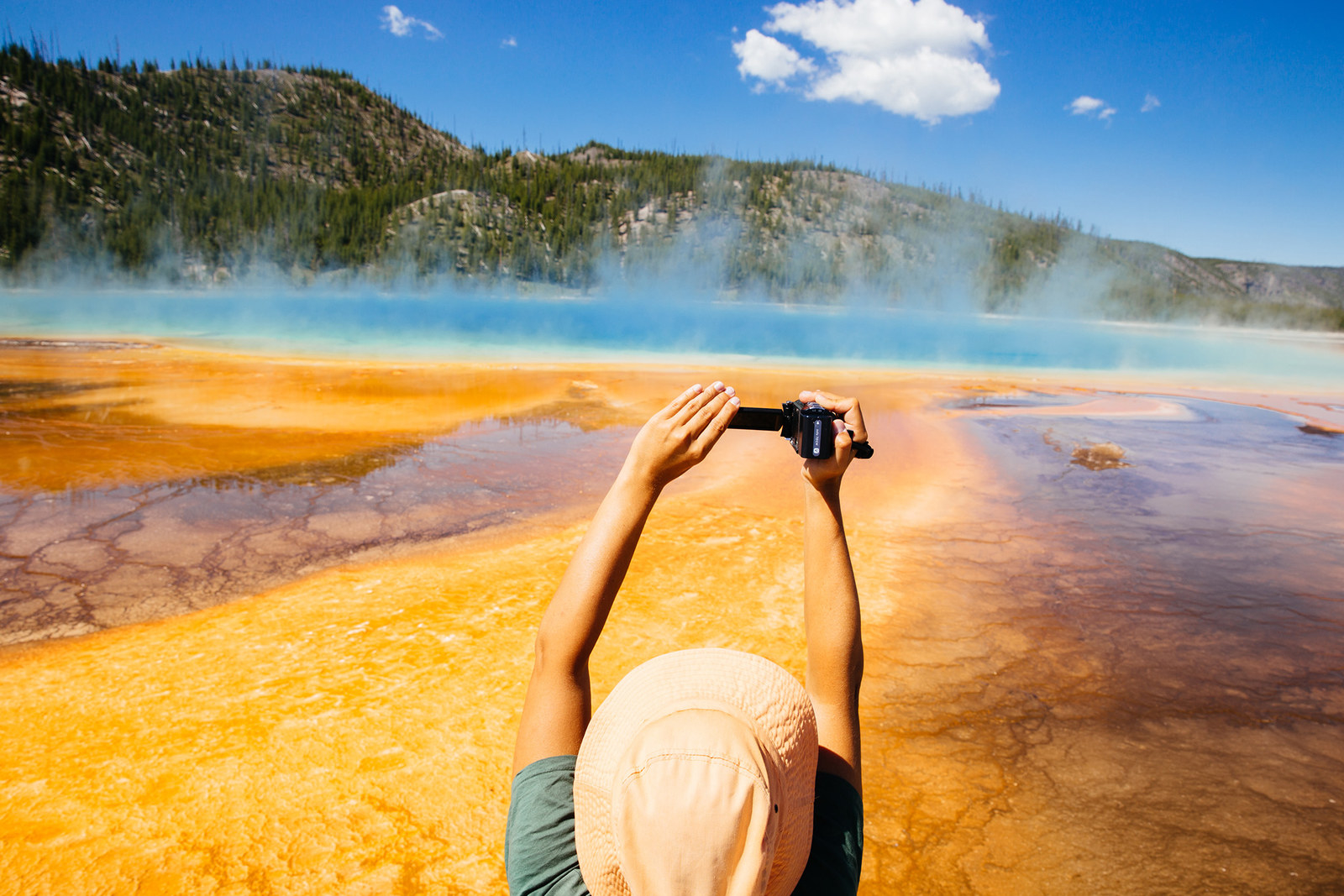
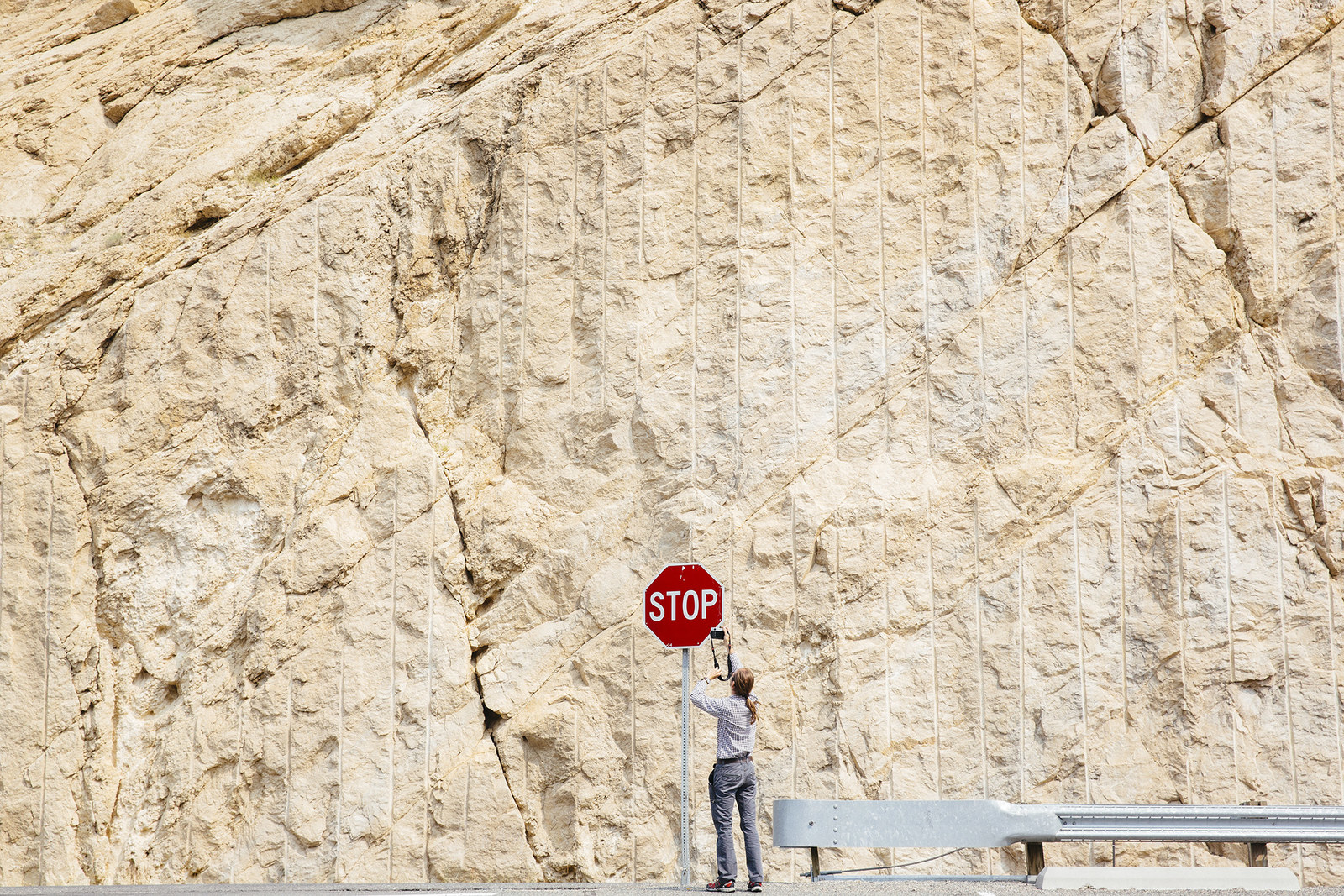
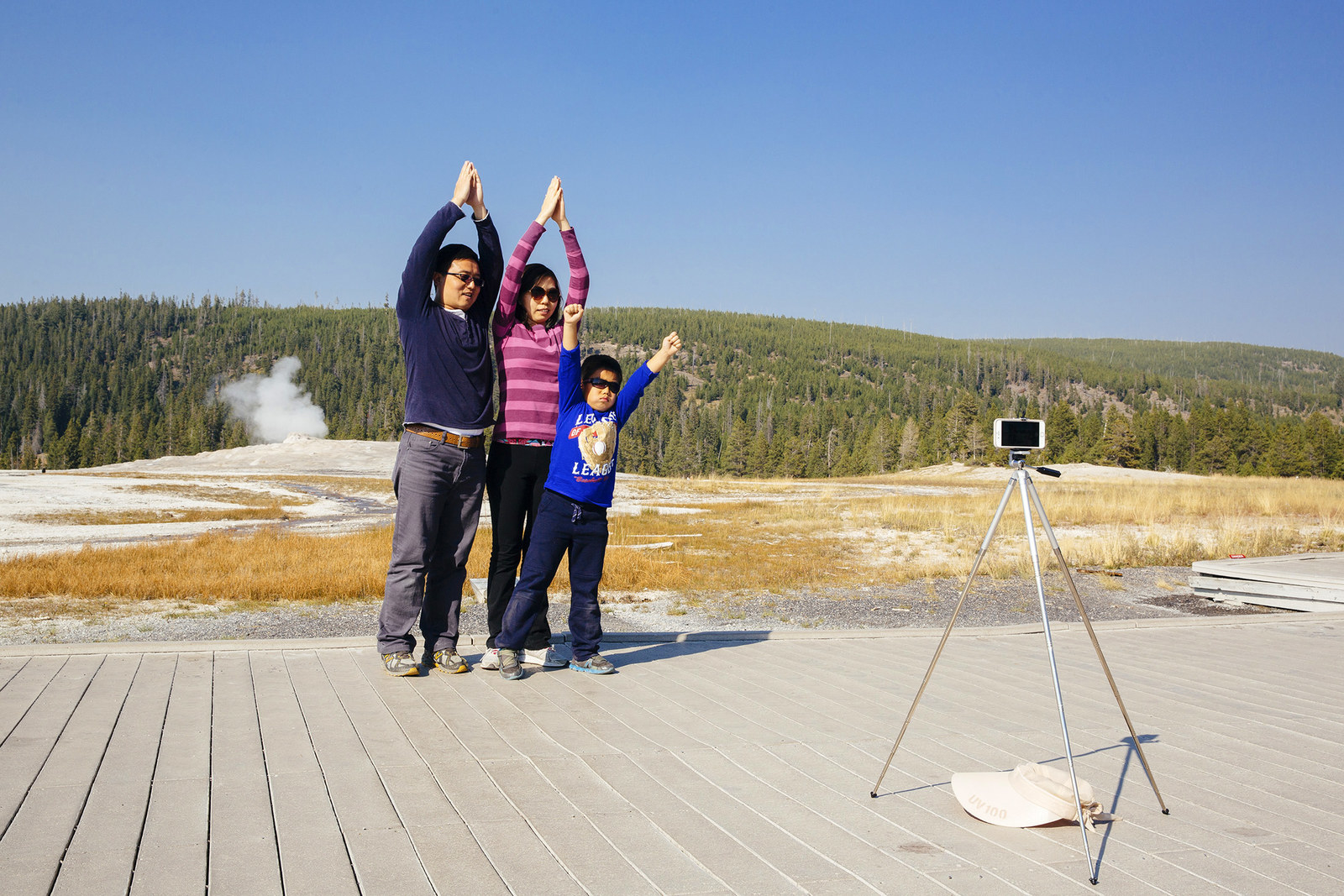
Some days I adopt the approach of a street photographer and hang out at scenic vistas with iconic landmarks of the West for hours or days, just waiting for the right combination of people to line up. From there, I use my intuition to guide me in approaching people who pique my curiosity, and who I think might make for a nice portrait or moment.
I start by introducing myself and connecting over our shared experience of where we are and what brought us here. I've found that it’s not hard to find common ground between myself and a stranger when photographing in national parks, as parks possess a special power in breaking down differences and calling attention to the values we share as Americans, as travelers, and as citizens of the world.
One of the great joys in pursuing this work is that I get to meet people I wouldn’t otherwise meet, and it’s that kind of sacred connection found in travel experiences that leads to the greatest reward of all: empathy.
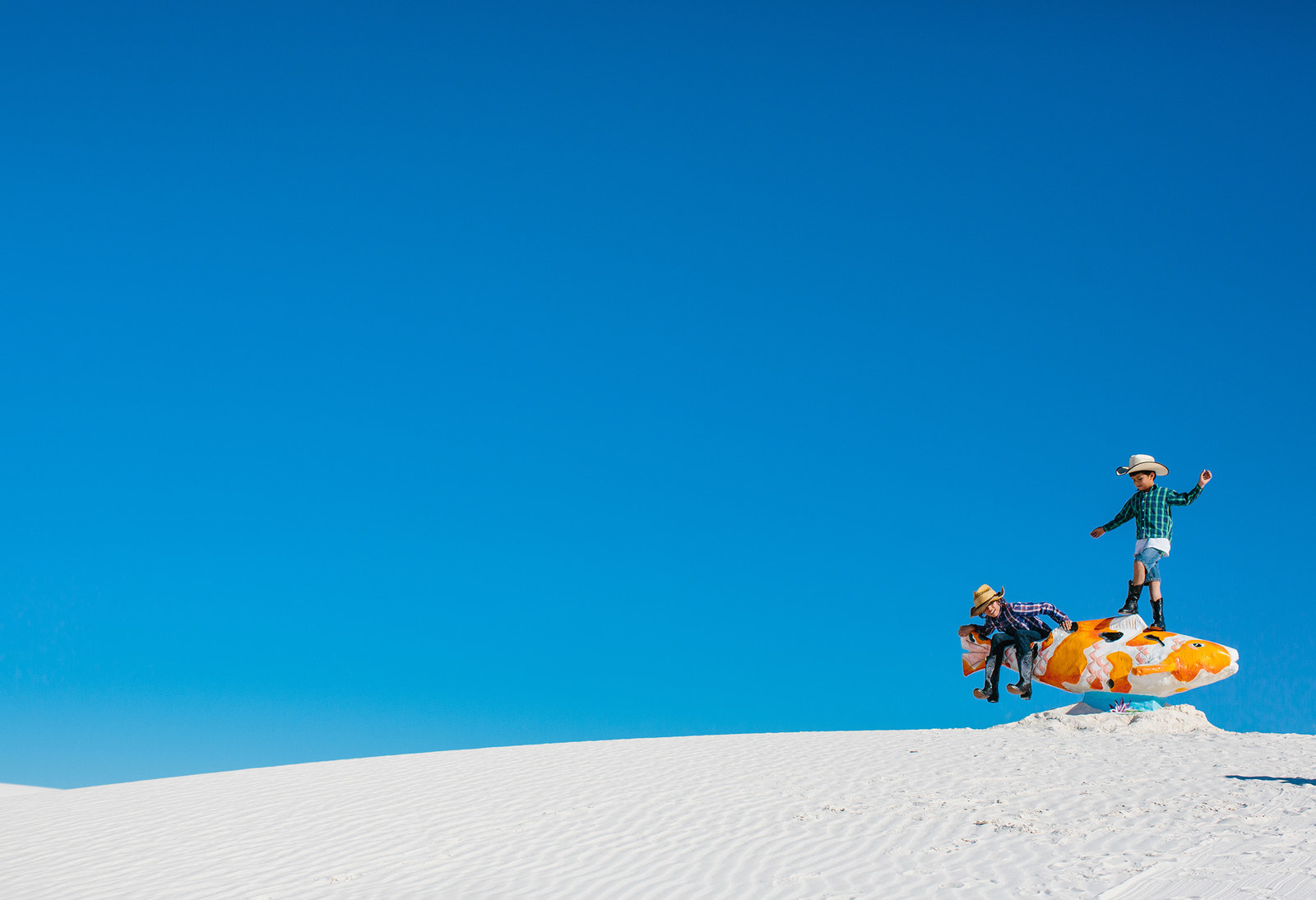

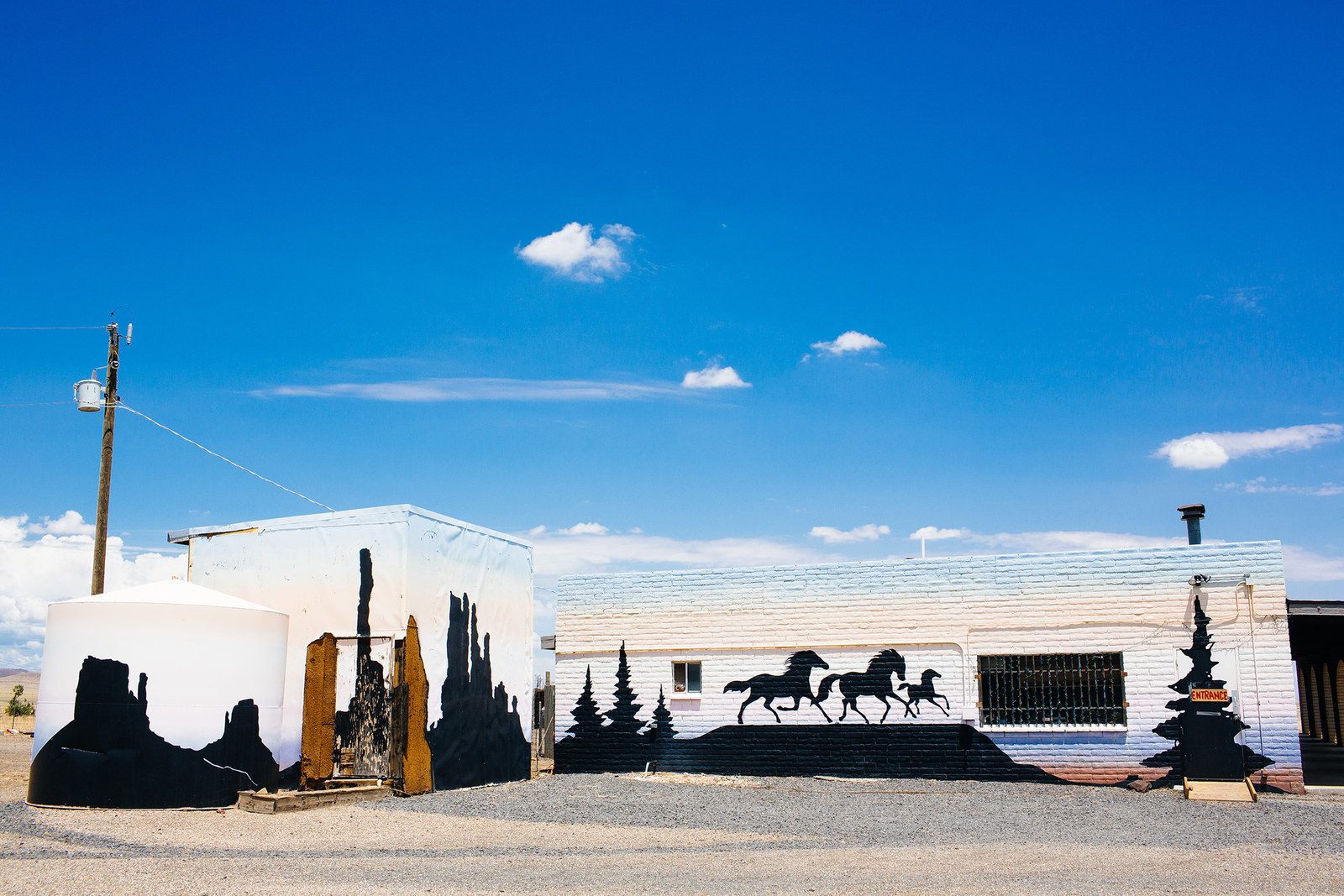
One thing I’ve observed is that American towns living on the edges of national parks often have the greatest stake in their sustainability. In addition to their pure, unfiltered appreciation, the economy of these towns also directly benefits from the tourism adjacent to our national parks, and these things combined often fill these communities with the most loyal park advocates.
Passing tourists who are forever marked by the beauty of America quickly become lifelong ambassadors too. There is a contagious enthusiasm that comes from the shared, democratic experience of traveling America. Our travels often become journeys of self-discovery — when you embark on a road trip across America and feel its geography unfold state by state, you gain an intimate knowledge about yourself and your country.
For me, this is where the crux of my perspective on America lies: The identities of these communities and tourists are deeply intertwined with our relationship to the land and with one another. To be American is to inherit the transformative beauty of these places, and then pass down that inheritance with precious care and grace.
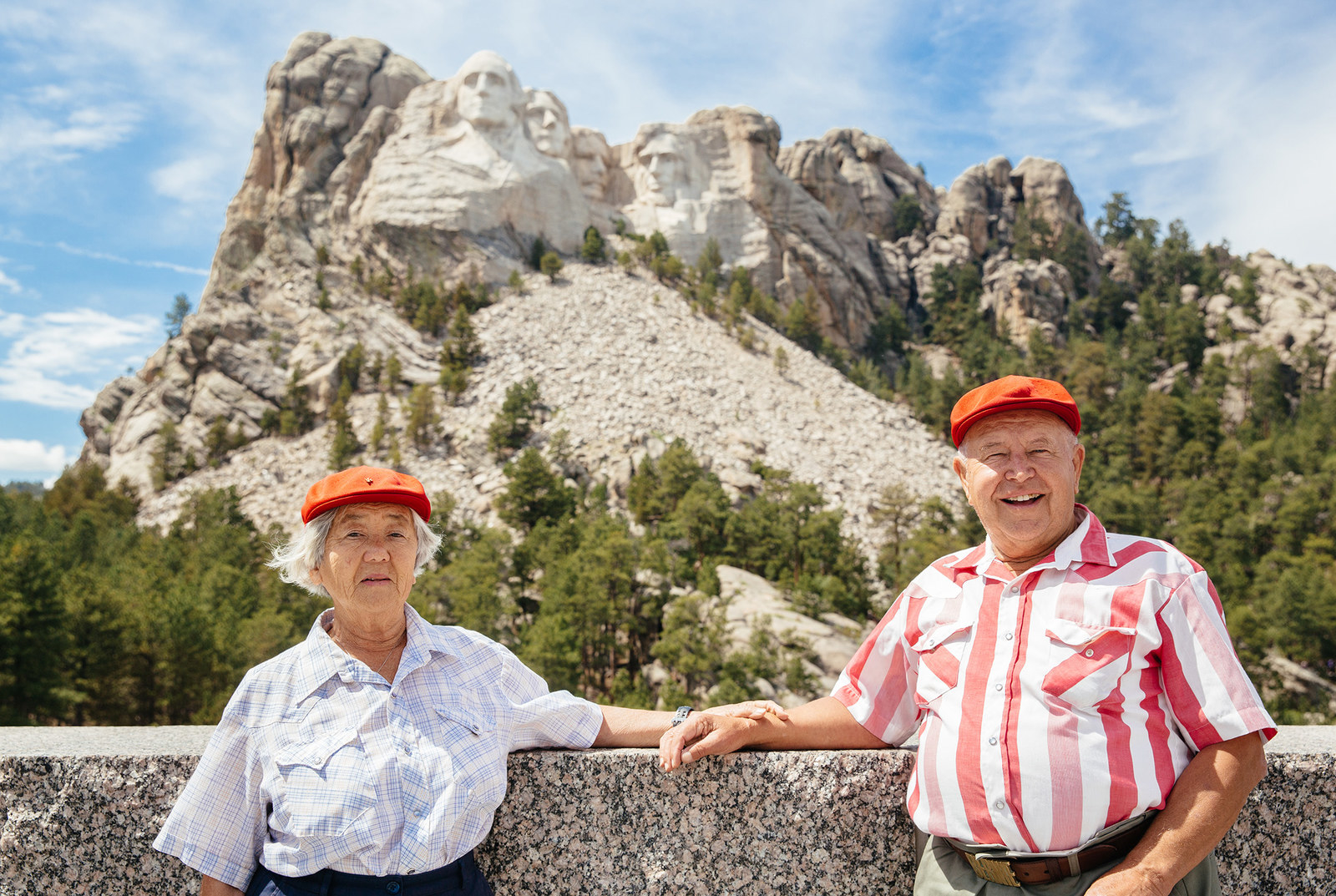
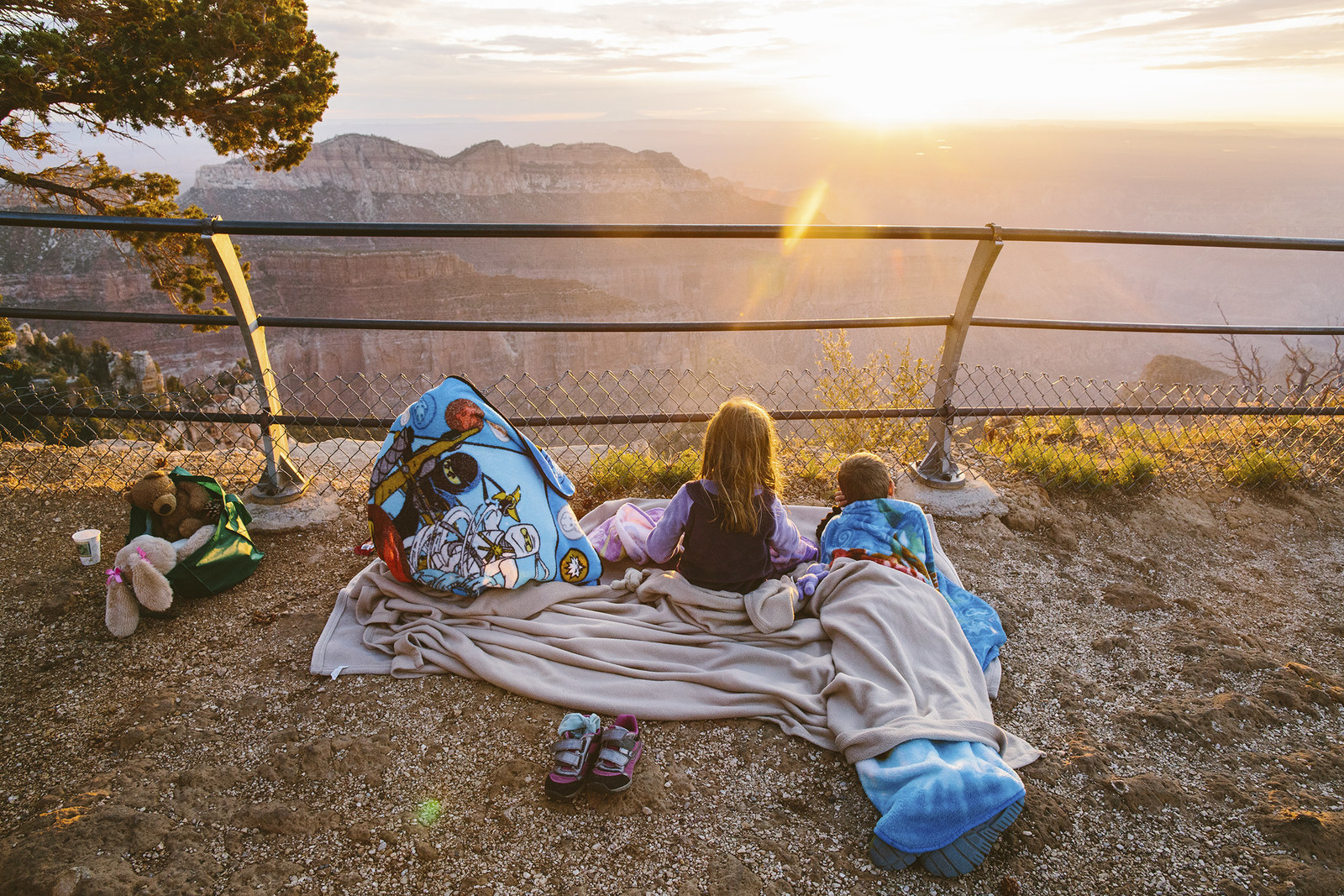
Never underestimate the healing power of nature and the spiritual awakening it can bring. These landscapes act as living refuges where we can feel our souls quieted and revitalized, and our pride in America restored, should we need it. Naturalist John Muir famously talked about how Yosemite was his church, and Theodore Roosevelt’s solitary retreat to the Badlands of North Dakota was one of his most defining life experiences that shaped him to become the president of the United States. That kind of solace and renewal can still be found in our national parks and by being out on the open road.
To this day, I tell people that walking into a national park visitor center feels like receiving a big hug. I use that nostalgia as a guiding virtue while working on this project. The healing powers of nature and escapism inspired me as an adult to understand more deeply the way that history and culture of tourism intersect with cultivating lifelong feelings of awe, wonder, wildness, and love.
I hope that when people look at these images, their feelings manifest into seeking out small ways to connect with people and places in their own backyard. This project comes from a deep reservoir of love and optimism that I carry with me, and I hope that by sharing my worldview through photography and human connection, it inspires others to love beyond ourselves and beyond our time.

